Global Development:
Committing to Universal Progress in Health and Welfare
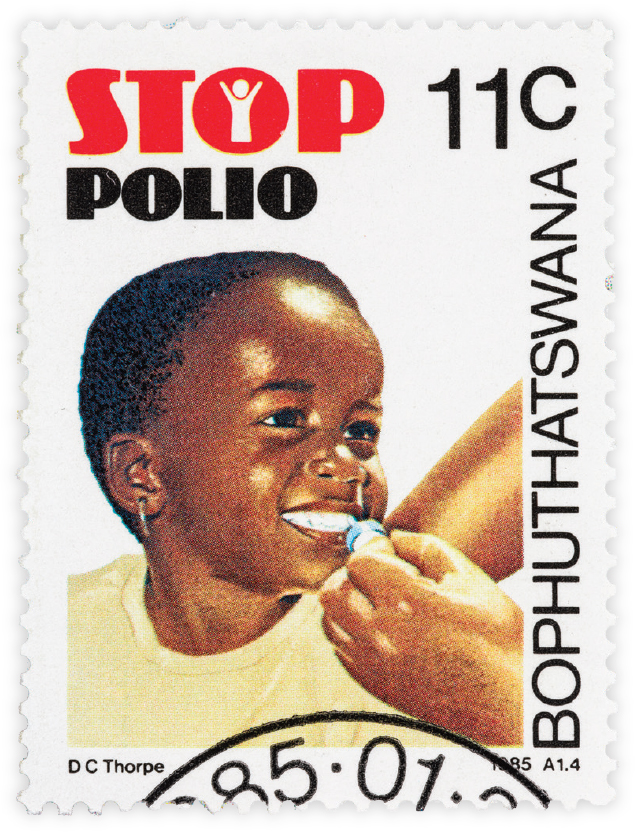
Global development goals gained momentum after 1970, culminating in the adoption of the Sustainable Development Goals, a worldwide call to action to achieve universal health and welfare. Yet inequities in economic, environmental, and health status between rich and poor populations remain stark and entrenched. As international networks continue to expand and intensify, global development will become a pressing issue for people everywhere.
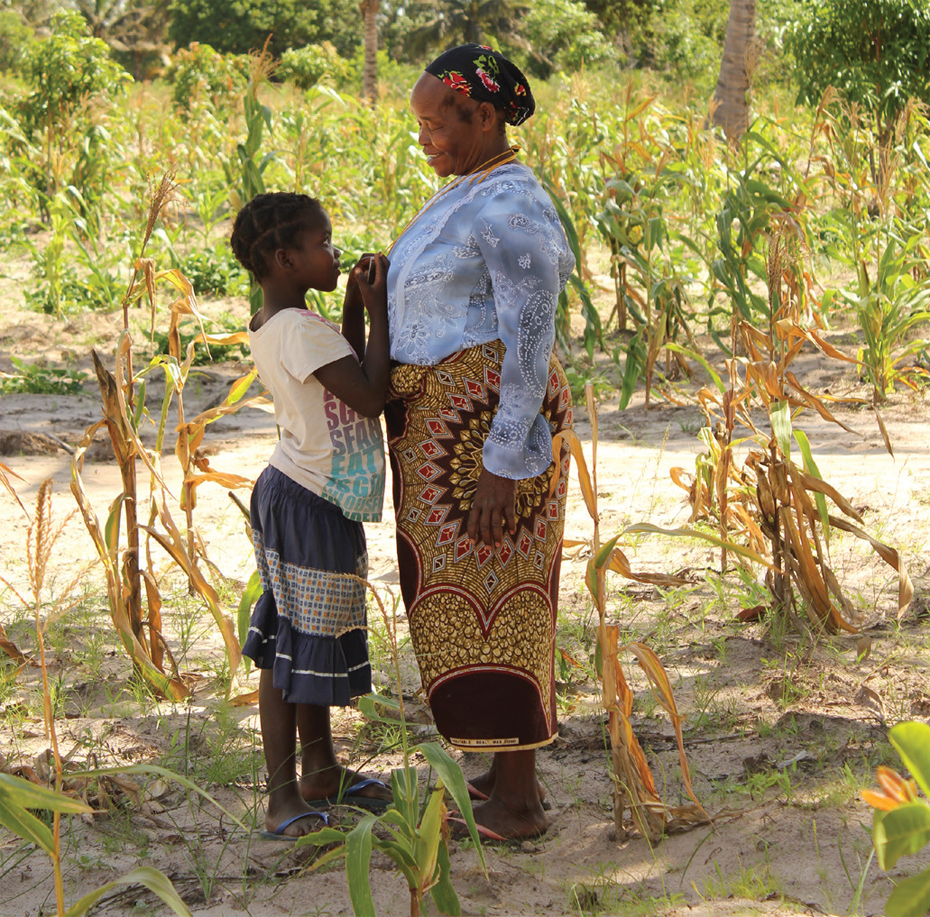
1977
Identification of Essential Medicines
In 1977, the World Health Organization published its first Model List of Essential Medicines, which included 205 items “of utmost importance, basic, indispensable, and necessary for the health and needs of the population.” This list revolutionized international public health by establishing guidelines that could help countries decide which medicines to stock, though many of the medicines remain inaccessible to large groups of people. An expert committee meets every 2 years to update the Model List of Essential Medicines based on the latest scientific evidence on the efficacy, safety, and cost-effectiveness of medicines.
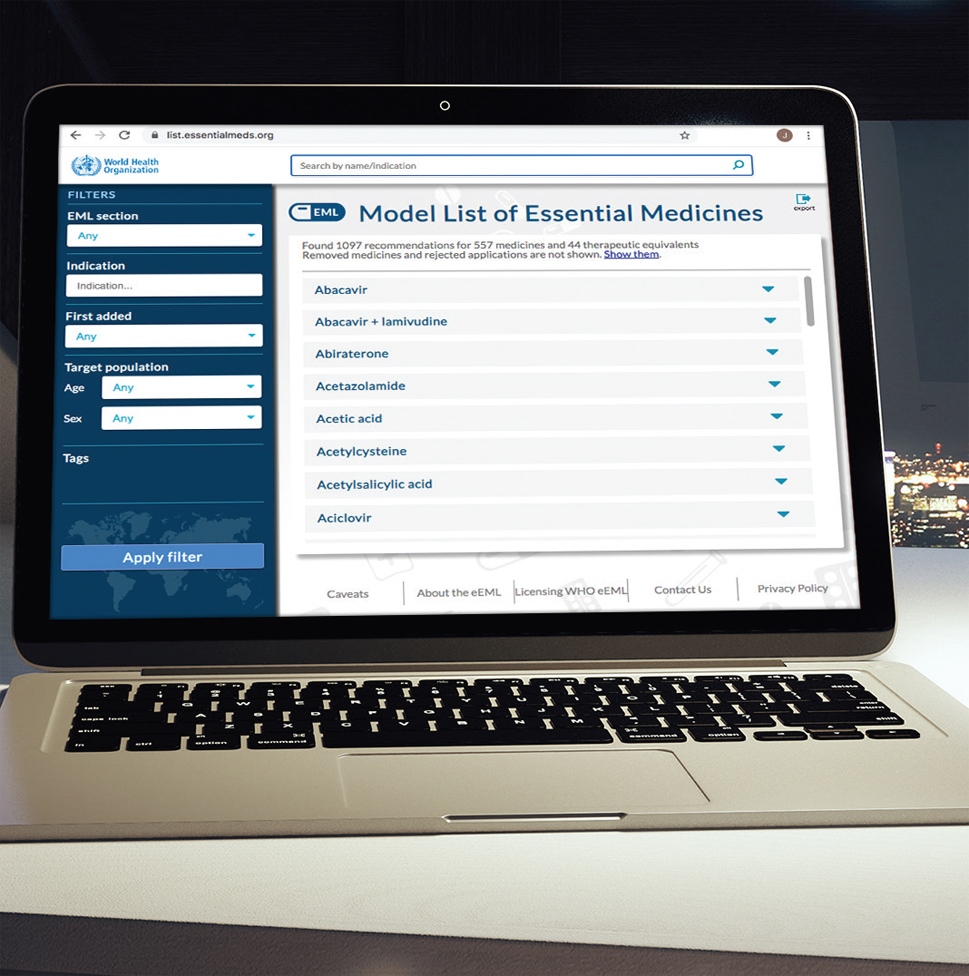
1978
The Importance of Primary Health Care
The Alma-Ata Declaration of 1978 sought to ensure “Health for All” by expanding health care beyond doctors, hospitals, and biomedical advances to encompass issues of human rights, equity, and community participation. To achieve this goal, the declaration emphasized the importance of accessible, affordable, and evidence-based primary health care as the first level of contact with a nation’s health system. Though the widespread implementation of primary health care has faced many challenges, the ongoing transition to a more holistic and equitable view of health care continues to have transformative effects.

1983
Defining Sustainable Development
The United Nations created the World Commission on Environment and Development in 1983 to devise a plan for economic and global development while protecting the planet’s environment. The commission’s 1987 report, Our Common Future, introduced the concept of sustainable development as meeting the needs of the present without compromising the ability of future generations to meet their own needs. While recognizing that development is limited by the state of technology and social organization, the report sought to catalyze a global movement by calling for harmony between development and the environment.

1985
A New Emphasis on Maternal Mortality
Maternal mortality was largely overlooked in the global development field until the 1980s, when researchers began calling attention to the largely preventable deaths associated with pregnancy and childbirth. The World Health Organization’s estimate in 1985 that roughly half a million women died each year from maternal causes, 99 percent of whom lived in developing countries, launched international efforts to combat the problem. As a result of these campaigns, maternal mortality rates declined by 44 percent between 1990 and 2015. However, vast inequalities persist between lower-income and higher-income countries. Meanwhile, in 2020, the United States had one of the highest rates of maternal mortality of any high-resource country, particularly among Black and Indigenous women.

2000
Toward the Global Elimination of Tuberculosis
The Stop TB Partnership was launched in 2000 with the goal of eliminating tuberculosis (TB) as a public health problem by 2030. Since its formation, over 1,700 partners have worked together to ensure that high-quality diagnosis, treatment, and care are available to all people who are vulnerable to TB. Besides providing governments with TB drugs through its Global Drug Facility, the partnership has formed seven working groups that have accelerated progress in areas related to TB treatment, detection, awareness, and eradication.
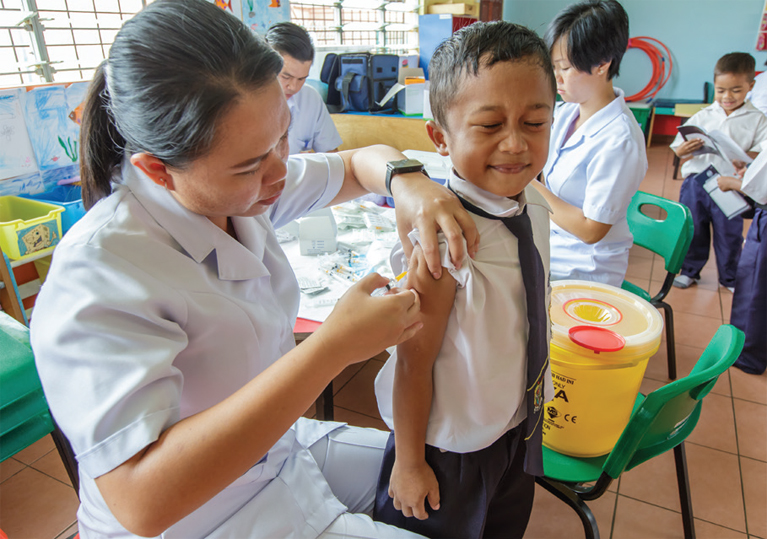
2000
Committing to the Millennium Development Goals
The United Nations Millennium Development Goals (MDGs), announced in 2000, provided a 15-year blueprint to expand hope and opportunity for people around the world. The eight goals, ranging from halving extreme poverty rates to halting the spread of HIV/AIDS to providing universal primary education to ensuring environmental sustainability, spurred unprecedented global efforts to meet the needs of the world’s poorest people. Though not all the targets were reached by 2015, the final MDG report found that the resulting effort constituted the most successful anti-poverty movement in history.
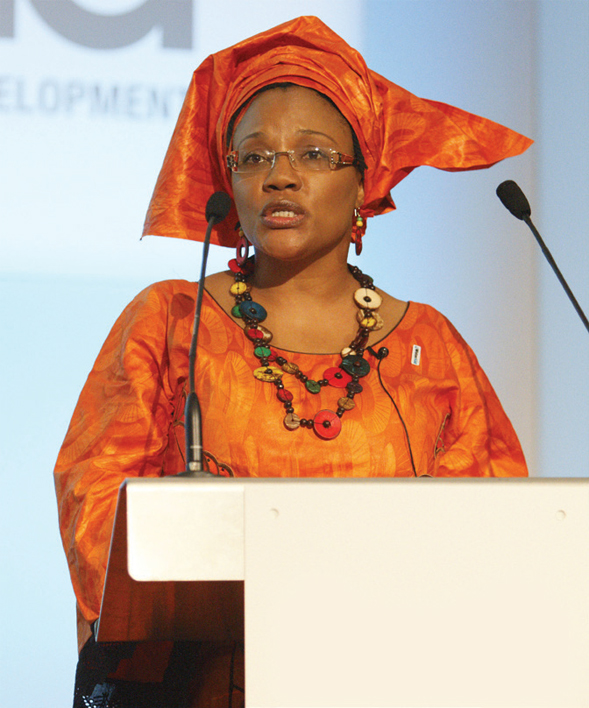
2001
Formation of the Center for Global Development
The Center for Global Development (CGD), a nonprofit think tank based in Washington, DC, was founded in 2001 to spur international development through innovative research on foreign aid, trade, financial markets, and migration. CGD quickly distinguished itself from other international development organizations by its action-oriented emphasis on policies and practices. For example, its Commitment to Development Index serves as a measure and incentive for the establishment of development policies.
2015
The Burden of Surgical Disease
To reduce death and disability, surgical and anesthesia care need to be available, affordable, timely, and safe. Unfortunately, such care is far from universal, with an estimated 5 billion people lacking timely access to life-saving surgical care. In 2015, the Lancet Commission on Global Surgery highlighted the scope, severity, and consequences of inadequate surgical and anesthesia care, particularly in low- and middle-income countries, where 9 of 10 people lack access to basic surgical care. Greater investment in surgical and anesthesia care in these countries would not only reduce unnecessary deaths and economic losses but also support global development and prosperity.
2015
Adoption of the Sustainable Development Goals
In 2015, the member states of the United Nations adopted the Sustainable Development Goals (SDGs) as a call to action to end poverty, protect the planet, and ensure that all people enjoy peace and prosperity by 2030. Building on the success of the Millennium Development Goals, the SDGs were designed to promote even greater levels of mobilization and collaboration, with a particular focus on expediting progress for the countries starting farthest behind. All 17 SDGs interact with and influence each another, requiring holistic, systems-based solutions that balance social, economic, and environmental sustainability.
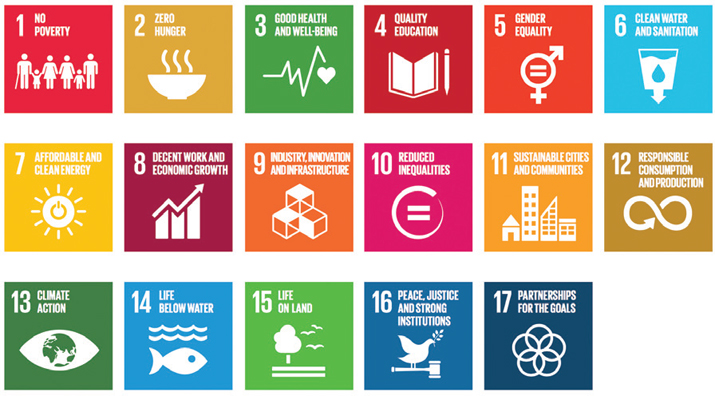
2015
Documenting Today’s Most Pressing Global Health Issues
Published in 2015, the book To Save Humanity: What Matters Most for a Healthy Future contains 96 brief essays authored by prominent leaders in science, politics, academia, medicine, and advocacy regarding the world’s most pressing global health issues. Each essay makes the case for what the author considers the single greatest issue for the future of global health, from vaccines to climate change to global governance, but all are underpinned by a shared desire to eliminate pervasive global inequities. Though the variety of opinions and strategies demonstrate the complexity of global health politics, policies, and practices, together they constitute a blueprint for future human well-being and security.
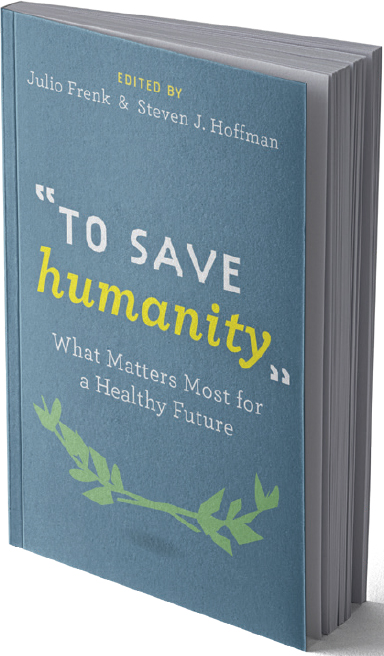
As with global health, global development is inherently transnational, with events in one country inevitably affecting others. These interconnections will become ever more prominent as economies evolve, the climate changes, and societies adapt accordingly.




